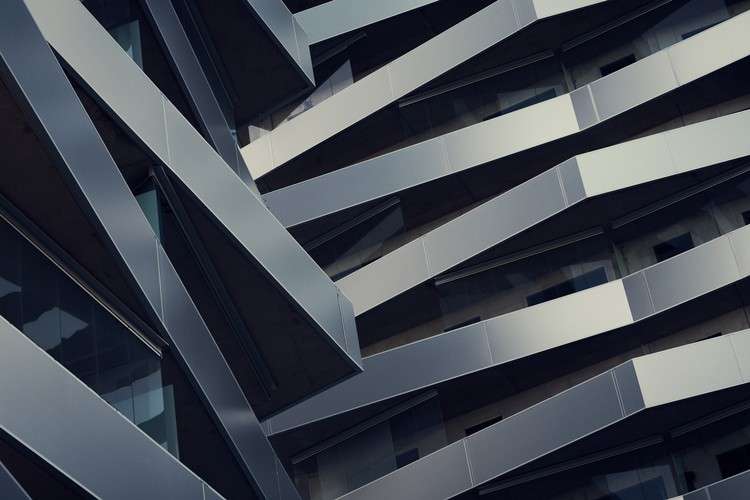In today's world of technological marvels, drones have taken the forefront of innovation, capturing our imaginations and expanding the horizons of aerial photography and videography. Among the myriad of drone options, "drone 4K" has become a buzzword, promising stunning high-resolution imagery that surpasses all expectations. But what exactly makes a mini drone with 4K capabilities stand out from the rest? How far can a black bird 4K drone actually fly? Is 4K truly the golden standard for drone videography? And most importantly, does an 8K drone even exist? Join us on an exhilarating exploration as we delve into the depths of this cutting-edge technology, uncovering the best drone for 4K video and shedding light on the limitless possibilities that the drone 4K revolution holds. Prepare to be captivated by breathtaking imagery and mind-blowing insights that will elevate your drone experience to new heights.

What is the best mini drone with 4K?
When it comes to mini drones with 4K capabilities, the market is flooded with a plethora of options, each promising superior performance and stunning imagery. However, one drone stands out among the rest—the DJI Mavic Mini. This compact and lightweight drone packs a punch with its 4K camera, allowing you to capture breathtaking aerial footage with incredible clarity. With its impressive stabilization technology, the Mavic Mini ensures smooth and cinematic shots, even in challenging weather conditions. Its intelligent flight modes and user-friendly controls make it a dream to fly, whether you're a novice or an experienced drone pilot. The Mavic Mini's long battery life ensures extended flight time, and its foldable design enhances portability, making it a top choice for those seeking a mini drone that delivers exceptional 4K quality.
How far can a black bird 4K drone fly?
The Black Bird 4K drone, known for its sleek design and advanced features, offers an impressive flight range that allows you to explore vast distances from your piloting location. With a powerful and efficient propulsion system, this drone can fly up to 7 kilometers away from its point of takeoff. Its long-range capabilities enable you to venture into breathtaking landscapes and capture stunning aerial footage from different perspectives. The Black Bird 4K drone also incorporates reliable GPS technology, ensuring accurate positioning and seamless navigation during flights. Whether you're a professional filmmaker or an adventure enthusiast, the Black Bird 4K drone provides the freedom to embark on exciting aerial journeys that push the boundaries of exploration.
Is 4K good for a drone?
Undoubtedly, 4K is a game-changer when it comes to drone videography. With four times the resolution of standard high-definition, 4K offers an unparalleled level of detail and clarity. This higher resolution allows for stunningly sharp and lifelike imagery, capturing intricate details with precision and creating a truly immersive viewing experience. Whether you're capturing breathtaking landscapes, filming action-packed sports, or even conducting aerial inspections, 4K resolution provides the necessary level of detail to showcase the scene in its full glory. Additionally, the higher resolution allows for more flexibility during post-production, enabling cropping, zooming, and stabilization without compromising the overall visual quality. So, if you're seeking to elevate your drone footage to the next level and leave your audience in awe, a drone with 4K capabilities is undoubtedly the way to go.
Is there an 8K drone?
While 4K has become the gold standard for drone videography, the quest for even higher resolutions continues. As of now, there are no commercially available drones with native 8K capabilities. The technological requirements for capturing and processing 8K video are still quite demanding, and the size and weight limitations of drones pose additional challenges. However, it's important to note that drone technology is evolving rapidly, and manufacturers are constantly pushing boundaries to bring cutting-edge innovations to the market. It is likely that in the near future, 8K drones will become a reality, revolutionizing aerial videography once again. So, while we eagerly await the arrival of 8K drones, the current options with 4K offer exceptional quality and ensure a breathtaking visual experience.
What is the best drone for 4K video?
When it comes to the best drone for capturing stunning 4K video, the DJI Phantom 4 Pro v2.0 reigns supreme. This beast of a drone combines powerful performance with advanced imaging capabilities, making it a favorite among professionals and enthusiasts alike. With its 1-inch CMOS sensor, the Phantom 4 Pro v2.0 can capture 4K video at a remarkable 60 frames per second, delivering smooth and cinematic footage even in fast-moving scenes. The drone's mechanical shutter eliminates rolling shutter distortion, ensuring crystal-clear imagery. Its intelligent flight features, such as obstacle avoidance and active track, provide enhanced safety and ease of use during flights. Additionally, the Phantom 4 Pro v2.0 boasts a robust flight time, allowing you to capture extensive aerial footage without interruption. If you're looking for the ultimate drone to unlock the full potential of 4K video, the DJI Phantom 4 Pro v2.0 is undoubtedly the frontrunner in its class.
Further Inquiries about drone 4K
1. How does the quality of a drone's camera affect the 4K video output?
The quality of a drone's camera plays a crucial role in determining the overall 4K video output. While all 4K drones capture footage with a resolution of 3840 x 2160 pixels, the camera's sensor size, lens quality, and image processing capabilities greatly impact the sharpness, color accuracy, and dynamic range of the final video. High-end drones with larger sensors tend to produce better image quality, as they can gather more light and capture more details. Similarly, drones equipped with advanced lens technology can minimize distortion and aberrations, resulting in crisper and more accurate images. Additionally, a drone's image processing capabilities, such as the use of HDR (High Dynamic Range) and advanced color profiles, can enhance the overall visual quality by preserving details in both highlights and shadows. Therefore, when choosing a drone for 4K video, considering the camera quality and its associated features is essential to ensure the best possible video output.
2. What are the storage requirements for 4K drone footage?
4K footage has significantly larger file sizes compared to traditional HD footage due to its higher resolution and bit rate requirements. Therefore, it's crucial to consider the storage requirements when working with 4K drone footage. On average, a minute of 4K video can take up around 400-500 megabytes of storage space. This means that a 32-gigabyte memory card can store approximately 1 hour of 4K footage. To handle the large file sizes, it's recommended to have ample storage capacity, either by using high-capacity memory cards or multiple cards for longer shoots. Additionally, transferring and backing up the footage to external storage devices or cloud storage is essential to ensure the footage's safety and free up space for future recordings. Overall, being mindful of the storage requirements is crucial for effectively managing and preserving your valuable 4K drone footage.
3. Are there any limitations or challenges when editing and post-processing 4K drone footage?
Editing and post-processing 4K drone footage can present some challenges, primarily due to the high-resolution nature of the files. The large file sizes of 4K footage require substantial computing power and storage capabilities to smoothly handle and process the data. To edit 4K videos, a powerful computer with a fast processor and an adequate amount of RAM is recommended to ensure smooth playback and rendering of the footage. Additionally, editing software that supports 4K video and has efficient codec handling capabilities will expedite the post-processing workflow. Furthermore, working with extensive color grading and special effects in 4K can require more powerful hardware and may result in longer rendering times. Therefore, it is advisable to optimize your editing setup and workflow to handle the demands of 4K drone footage effectively. Despite these challenges, the stunning visual results achieved through editing and enhancing 4K drone footage make the extra effort and resources worthwhile.
Embarking on a voyage into the captivating world of drone 4K technology, we have explored the best mini drones with 4K capabilities, the flight range of the Black Bird 4K drone, the advantages of 4K resolution for drone videography, and the possibility of an 8K drone. Additionally, we have discovered the DJI Phantom 4 Pro v2.0 as the ultimate choice for capturing breathtaking 4K video. Delving deeper, we discussed the influence of camera quality on 4K video output, the storage requirements for 4K drone footage, and the challenges of editing and post-processing in 4K. As we reach the culmination of our exploration, we emerge enlightened with the knowledge that the drone 4K revolution has unlocked new frontiers of aerial imaging, offering boundless possibilities and pushing the boundaries of visual storytelling to unparalleled heights. So, let your imagination soar as you embrace the remarkable capabilities of drone 4K and embark on your own extraordinary visual journeys.



